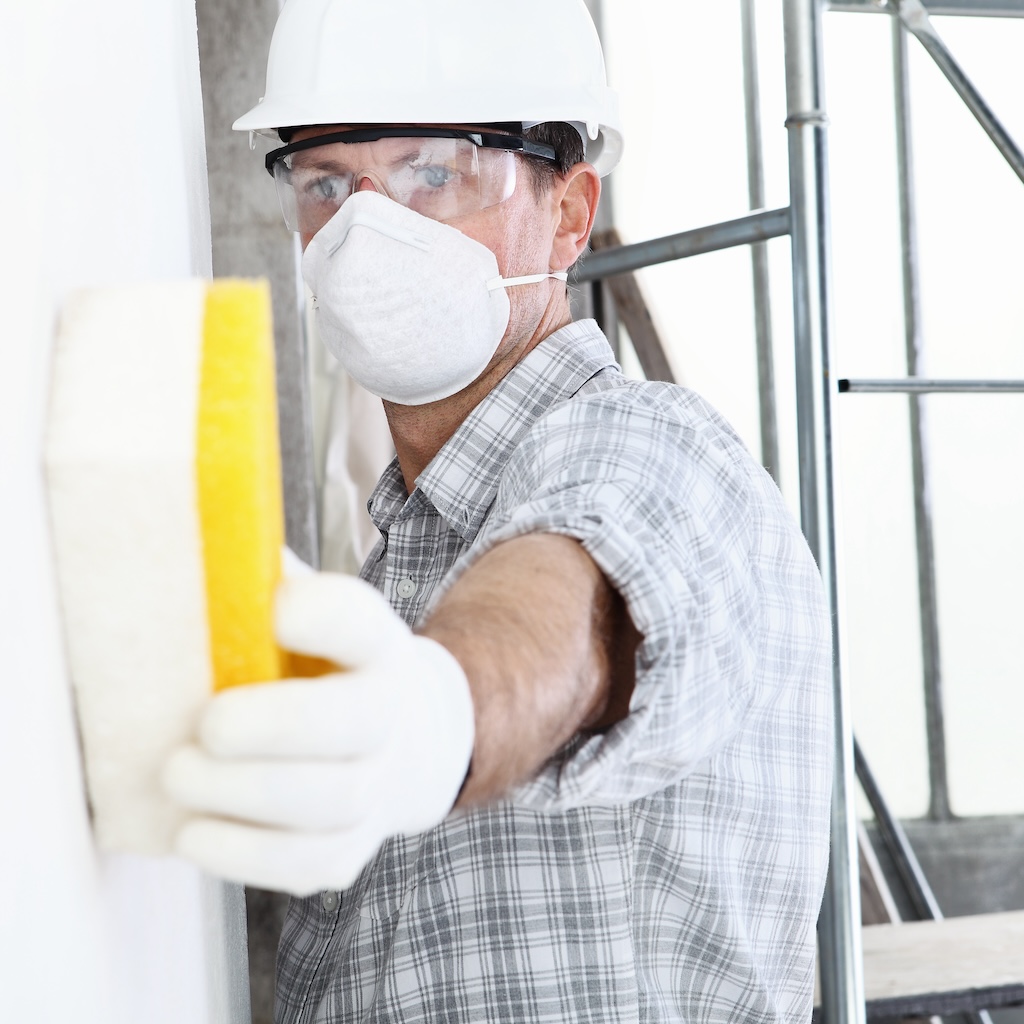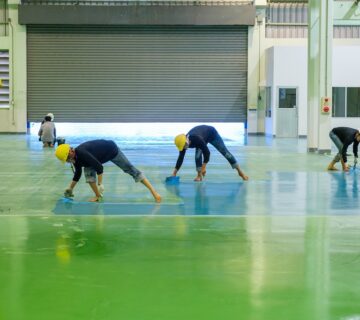When embarking on a DIY painting project, safety is a crucial aspect that often gets overlooked. Painting involves risks ranging from chemical exposure to physical hazards, and it’s paramount to prioritize safety measures to mitigate these risks effectively. Understanding and adhering to safety protocols ensures a successful and safe DIY painting project. This blog discusses essential safety tips to keep in mind during your DIY painting endeavors, empowering you to create a beautiful space while safeguarding your well-being and that of others involved in the project.
Understanding Paint Composition
Safety begins with a comprehensive understanding of the paint’s composition and potential hazards it may pose. Paints can contain harmful chemicals and volatile organic compounds (VOCs) that can adversely affect health upon exposure. Therefore, it’s imperative to scrutinize labels for toxic components and opt for low-VOC or VOC-free paints whenever possible. Making informed choices not only protects your health but also contributes to environmental sustainability. Familiarizing yourself with different types of paint can also aid in selecting the right DIY painting tools and techniques to minimize risks.
Adequate Ventilation
Good ventilation is paramount to dissipate paint fumes and minimize respiratory health risks, especially in enclosed spaces. Paint fumes can trigger various health issues, including headaches, dizziness, and respiratory distress. To mitigate these risks, ensure ample ventilation by opening windows and doors to facilitate fresh air circulation. In areas with poor ventilation, employing fans to direct airflow outward can significantly enhance air quality and reduce the concentration of harmful fumes. It’s crucial to avoid painting in confined spaces without proper air circulation to safeguard respiratory health effectively.
Personal Protective Equipment (PPE)
The importance of using appropriate personal protective equipment (PPE) cannot be overstated when engaging in DIY painting projects. Essential PPE includes gloves, safety goggles, and respiratory protection, particularly when sanding surfaces or using spray paints that generate airborne particles. Additionally, wearing long-sleeved clothing provides an additional layer of protection against skin exposure to paint and chemicals. Selecting suitable PPE is as vital as choosing the right DIY painting tools for your project, ensuring comprehensive protection against potential hazards.
Safe Ladder Use
Falls from ladders pose a significant risk during painting projects and must be mitigated through proper safety measures. Prioritize ladder safety by ensuring it is sturdy and stable before use, placing it on a flat, even surface to prevent tipping. Avoid overreaching while on the ladder to maintain balance and stability, minimizing the risk of falls. For added safety, enlist the assistance of a helper to hold the ladder securely, providing stability and support throughout your DIY painting task.
Handling Solvents and Cleaners
Solvents and cleaners used in painting projects require careful handling to prevent accidents and minimize health risks. These chemicals can be just as hazardous as paint and should be used in well-ventilated areas to mitigate exposure to harmful fumes. Adhere strictly to manufacturer instructions when using solvents and cleaners, and store them securely in designated areas inaccessible to children and pets. Proper disposal of rags soaked in solvents is essential to prevent fire hazards, underscoring the importance of safe handling practices when managing DIY painting tools and materials.
Electrical Safety
Maintaining electrical safety is paramount when painting near outlets, switches, or light fixtures to prevent the risk of electric shock and fire hazards. Exercise caution by turning off electricity in the painting area before commencing work to eliminate the risk of accidental contact with live wires. Additionally, cover electrical outlets and switches with painter’s tape to protect them from paint splatters, preventing potential damage and ensuring safe operation. Prioritizing electrical safety is a small yet significant detail that enhances overall safety and minimizes the risk of accidents during DIY painting projects.
Safe Storage and Disposal
Proper storage and disposal of paint and painting supplies are essential to prevent accidents and environmental contamination. Store paint cans in a cool, dry place away from direct sunlight to maintain product integrity and prolong shelf life. Ensure paint cans are securely sealed and stored out of reach of children and pets to prevent accidental ingestion or spills. When disposing of paint or paint containers, adhere to local regulations and environmental guidelines to minimize environmental impact and ensure safe disposal practices. By prioritizing safe storage and disposal procedures, you can mitigate potential risks and contribute to a safer and healthier environment.
Final Thoughts
Safety should always be a paramount consideration in any DIY project, particularly in painting, where risks abound. By understanding the inherent risks and implementing necessary precautions, you can ensure that your painting project is not only effective and enjoyable but also safe. Remember, investing a little extra time and effort in safety measures can prevent accidents and health risks, making your DIY painting project a truly rewarding experience characterized by creativity, accomplishment, and above all, safety. For more tips on safe painting practices and the right use of DIY painting tools, visit our website at sisupainting.com and explore our blog at sisupainting.com/blog.





No comment